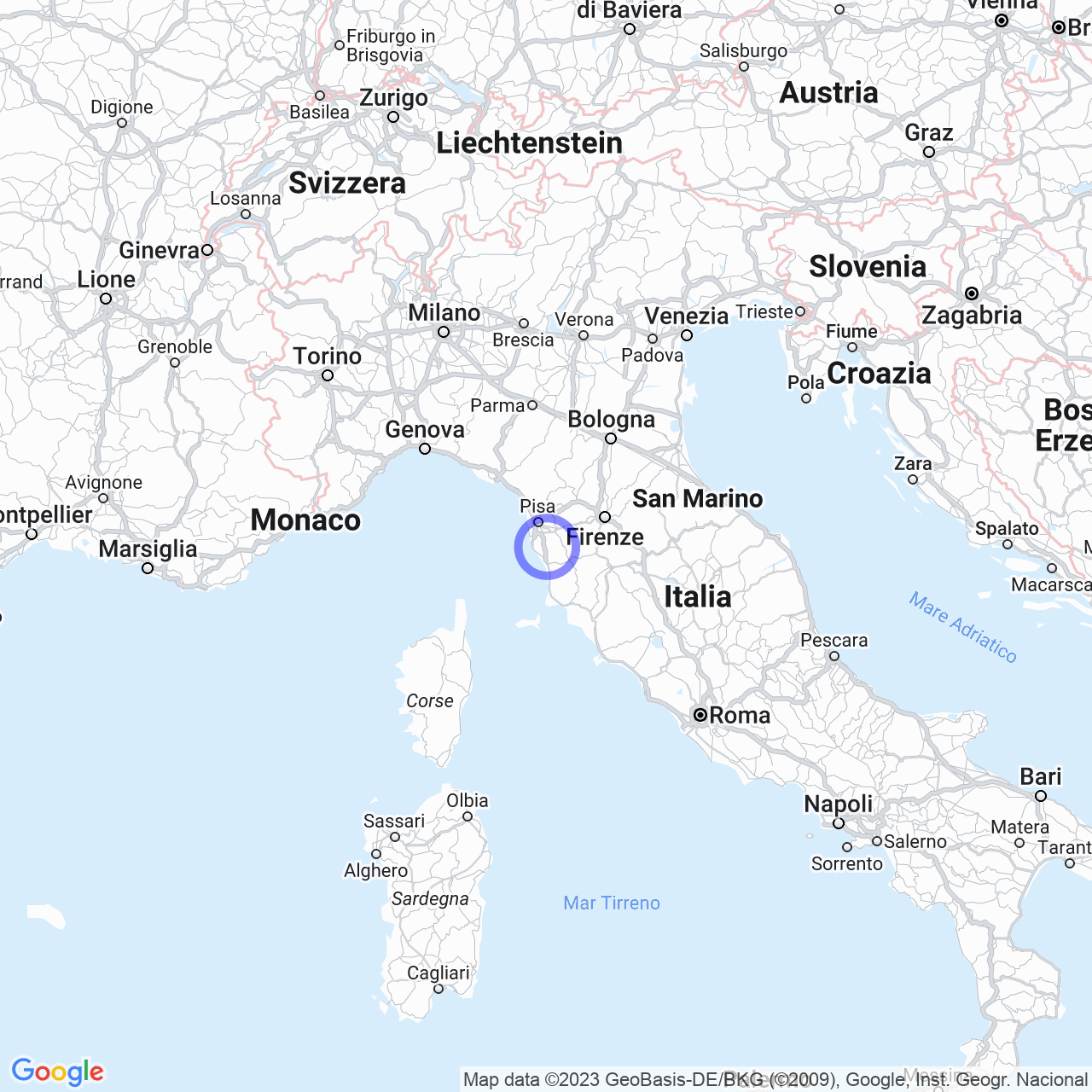Orciano Pisano
Orciano Pisano: A Paradise among the Hills of Pisa
If you're looking for a uniquely beautiful place in the province of Pisa, then Orciano Pisano might be just what you're looking for. With its gentle hills located 122 meters above sea level, this Italian town is the least populated in the province of Pisa, with only 632 inhabitants. Despite being a small area, this village is strategically located in the heart of Tuscany, surrounded by the Val di Tora and Val di Fine, just a few kilometers from the sea and only 21 km from Livorno.
A Perfect Geographic Location
When traveling from north to south through the hills of Pisa, Orciano Pisano stands out for its beauty and location. Its undulating landscape is characterized by clay and sandy hills with shrubby vegetation, reminiscent of the famous Crete Senesi and the Val d'Orcia. This geographical location is ideal, as it is only 30 km from Pisa, 21 km from Livorno, and 12 km from Rosignano Marittimo, making it easily accessible from the rest of Tuscany. Additionally, Orciano Pisano is located south of the Piana di Pisa, east of the Colline Livornesi, west of Valdera, and north of Val di Cecina and the Volterra area.

Geology and Paleontology: A Hidden Treasure
The entire area of the hills of Pisa, from Orciano to Volterra, is rich in fossil remains of marine invertebrates and vertebrates that lived millions of years ago during the Pliocene. Orciano Pisano, in particular, is a very important paleontological site, especially for its vertebrate remains, including bony fish, cartilaginous fish such as sharks, chelonids, carnivores like seals, and especially cetaceans such as dolphins and whales.
In 1864, Vittorio Pecchioli published some new species of local mollusks. In 1871, Cesare D'Ancona published the first volume of the Italian Pliocene Malacofauna in which the Orciano fossil gastropods played a fundamental role. In 1875, Roberto Lawley published some important works on the fossil fish of Orciano. In the same year, he found some fragmentary remains later attributed to the Pliophoca etrusca, a species described in 1900 when a nearly complete skeleton was discovered, now the holotype of the species. This skeleton is preserved at the University of Pisa.
More recently, in 2006, a finely articulated skeleton of a ten-meter-long mysticete that lived three million years ago was found near Casa Nuova. The specimen was excavated in 2007 and is now preserved at the Natural History Museum, Section of Geology and Paleontology, University of Florence.
Discovering Orciano Pisano
Incredibly, Orciano Pisano is less known than other locations in Tuscany. However, this place is a true paradise for those seeking to enjoy the beauty of nature. In this small town, you can enjoy the spectacle of the hills of Pisa, while wandering through the vineyards of Chianti up to the bubbles of Prosecco.
Places to Visit
If you're looking for monuments and places of interest, Orciano Pisano offers the Church of San Giovanni Battista, dating back to the 18th century and only open on holidays or during religious functions. In the center of the town, you'll also find Piazza della Libertà, the social and cultural center of Orciano Pisano. Furthermore, you can enjoy a unique sea view from the hamlet of San Vincenzo.
Local Cuisine
Orciano Pisano is also famous for producing an incredible wine: Chianti DOCG. Take a look at the cellar of Fattoria Lischeto, where you'll have the opportunity to taste Chianti, a wine that has maintained its high quality for many years. If you prefer bubbles, try the Prosecco DOC from the Ville di Bubbiano.
Conclusion
In summary, Orciano Pisano is a wonderful, lesser-known location with unique natural beauty and paleontological resources. This location is ideal for those who want to spend moments in peace and relaxation under the summer sun. Whether you're looking for places of interest, monuments, local food, or simply enjoying the beauty of the hills of Pisa, Orciano Pisano has everything you're looking for. A visit to this Italian location will make you fall in love with its landscape and hospitality.
